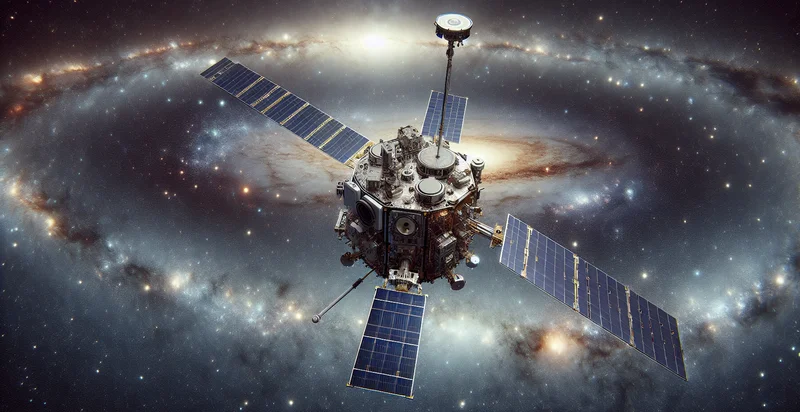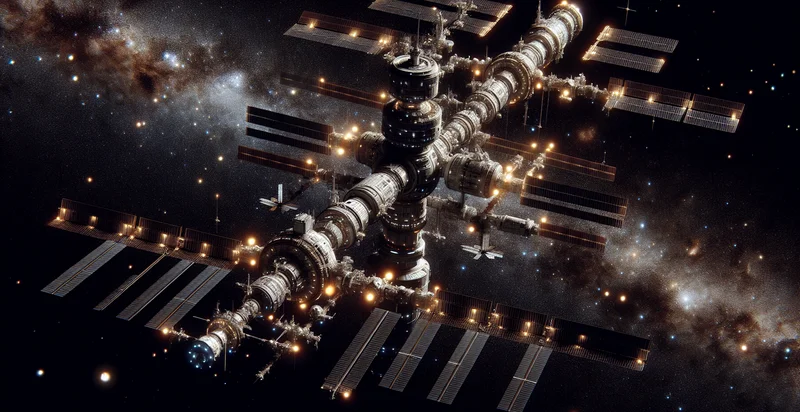Identify space probe
using AI
Below is a free classifier to identify space probe. Just upload your image, and our AI will predict what type of celestial body it is - in just seconds.

Contact us for API access
Or, use Nyckel to build highly-accurate custom classifiers in just minutes. No PhD required.
Get started
import nyckel
credentials = nyckel.Credentials("YOUR_CLIENT_ID", "YOUR_CLIENT_SECRET")
nyckel.invoke("space-probe", "your_image_url", credentials)
fetch('https://www.nyckel.com/v1/functions/space-probe/invoke', {
method: 'POST',
headers: {
'Authorization': 'Bearer ' + 'YOUR_BEARER_TOKEN',
'Content-Type': 'application/json',
},
body: JSON.stringify(
{"data": "your_image_url"}
)
})
.then(response => response.json())
.then(data => console.log(data));
curl -X POST \
-H "Content-Type: application/json" \
-H "Authorization: Bearer YOUR_BEARER_TOKEN" \
-d '{"data": "your_image_url"}' \
https://www.nyckel.com/v1/functions/space-probe/invoke
How this classifier works
To start, upload your image. Our AI tool will then predict what type of celestial body it is.
This pretrained image model uses a Nyckel-created dataset and has 38 labels, including Acorn, Apollo, Bepicolombo, Buran, Cassini, Chandrayaan, Curiosity, Dawn, Explorer and Galileo.
We'll also show a confidence score (the higher the number, the more confident the AI model is around what type of celestial body it is).
Whether you're just curious or building space probe detection into your application, we hope our classifier proves helpful.
Related Classifiers
Need to identify space probe at scale?
Get API or Zapier access to this classifier for free. It's perfect for:
- Space Debris Monitoring: This function can be employed to identify and classify images of space debris, distinguishing between hazardous and non-hazardous objects. This capability would assist space agencies and private companies in navigating space safely and effectively managing debris mitigation efforts.
- Satellite Imagery Analysis: The function could analyze satellite images to detect anomalies associated with space probes, indicating potential malfunctions or operational issues. This process would enable timely interventions and ensure the functionality of satellite missions.
- Scientific Research Support: Researchers can utilize the function to filter and classify images gathered from space probe missions, streamlining data analysis for scientific studies. By automating the identification process, scientists can focus on interpreting data and drawing meaningful insights.
- Space Mission Planning: Mission planners can employ this classification function to distinguish between different celestial bodies captured in space probe images. Accurate classification supports better decision-making processes in mission objectives and landing site selections.
- Educational Tools Development: This function can be integrated into educational platforms to help students learn about space exploration by classifying images of space probes. By engaging students in practical applications, educators can enhance their understanding of space technology and its challenges.
- Public Engagement and Outreach: Organizations can use the image classification function to curate and classify images from probe missions for public exhibits or online platforms. This effort would boost public interest in space exploration while providing accurate information about space technology and discoveries.
- Autonomous Decision-Making Systems: The function can serve as a component in autonomous spacecraft systems, enabling real-time image classification to inform navigation and operational decisions. By leveraging this capability, spacecraft can independently identify surroundings, improving mission safety and efficiency.


